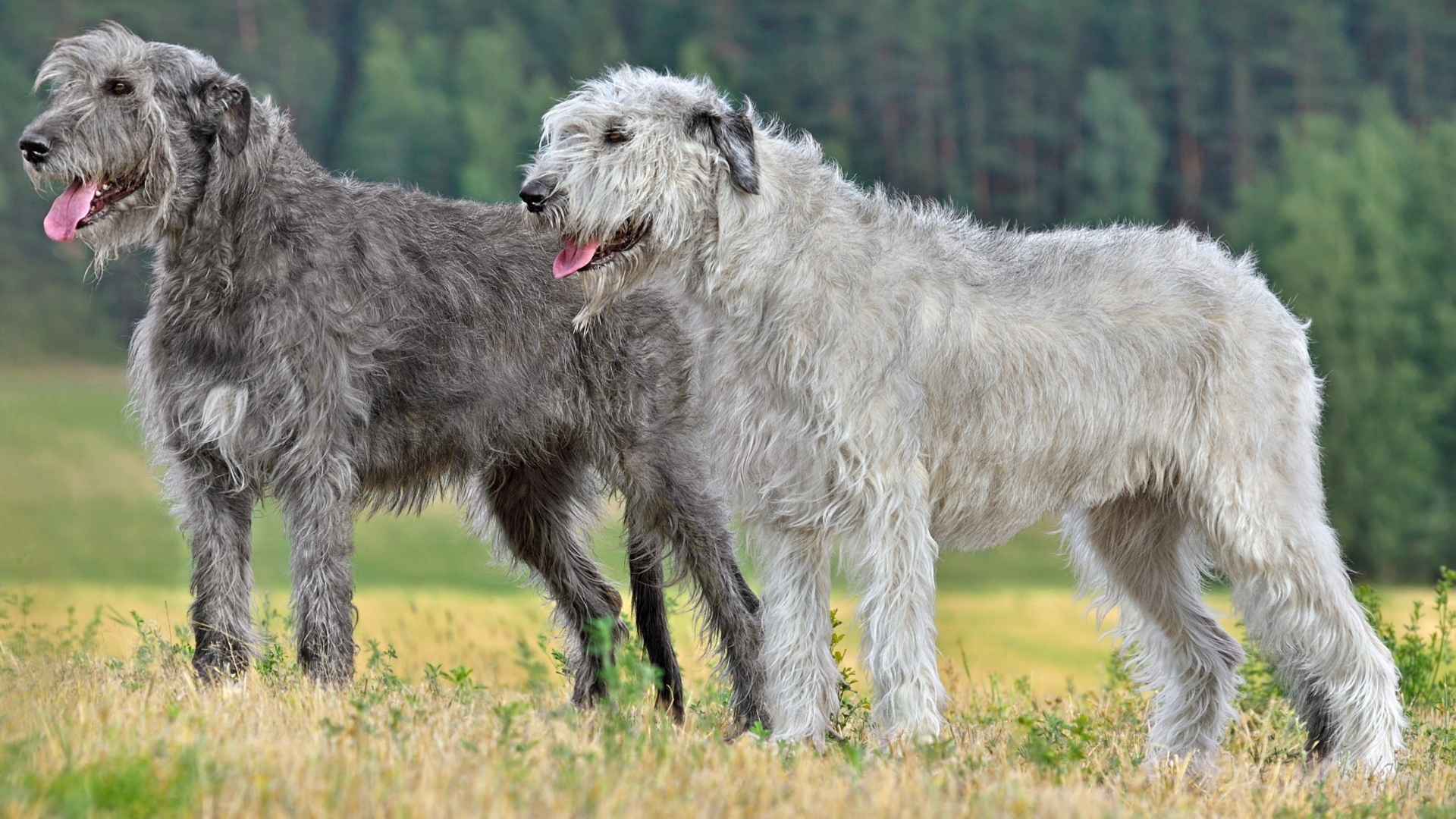Have you ever seen a dog so striking, you stopped mid-step just to look? Chances are, it had a silver coat—cool-toned, shimmering, and unforgettable.
Silver is one of the most unique and elegant colors in the dog world, especially when paired with a large, commanding frame. These dogs don’t just look extraordinary—they often carry traits like loyalty, gentleness, and athleticism.
But which breeds naturally come in this coveted shade? Not all large dogs do. And not all silver-coated dogs are alike. Some thrive on activity, while others love a slower pace.
This article covers the large dog breeds that naturally come in silver, what makes them special, and what to know before bringing one home. Whether you’re curious or committed, their stories start right here.
Silver Large Dog Breeds
1. Weimaraner
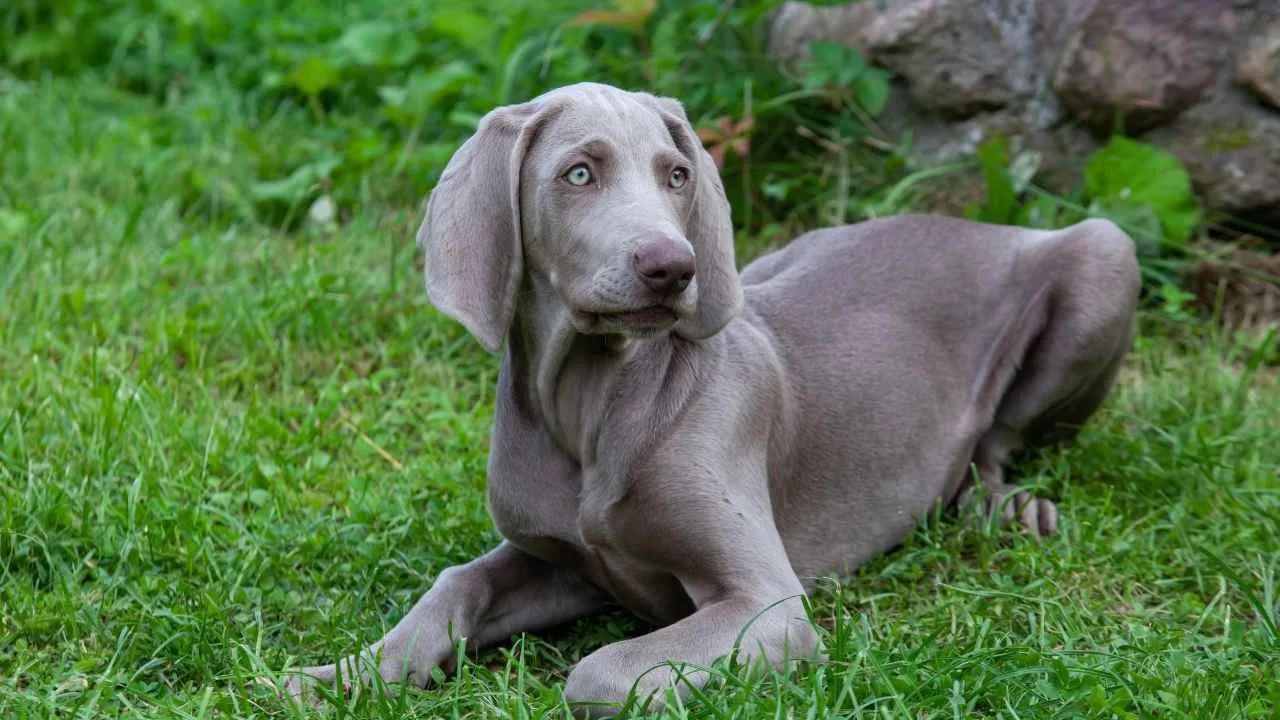
The Weimaraner stands out with its smooth, short silver-gray coat that almost shimmers in natural light, as Purina mentioned. The tight skin over lean muscles enhances that glossy, athletic look. Some Weimaraners carry a faint blue or charcoal undertone, depending on the lighting and coat genetics.
Origin in Purpose-Driven Breeding
Developed in 19th-century Germany, this breed was specifically created for stamina, tracking ability, and responsiveness in the field. They became prized hunting dogs for nobility due to their speed and precision. Even today, they show high focus and energy when given any scent-driven task.
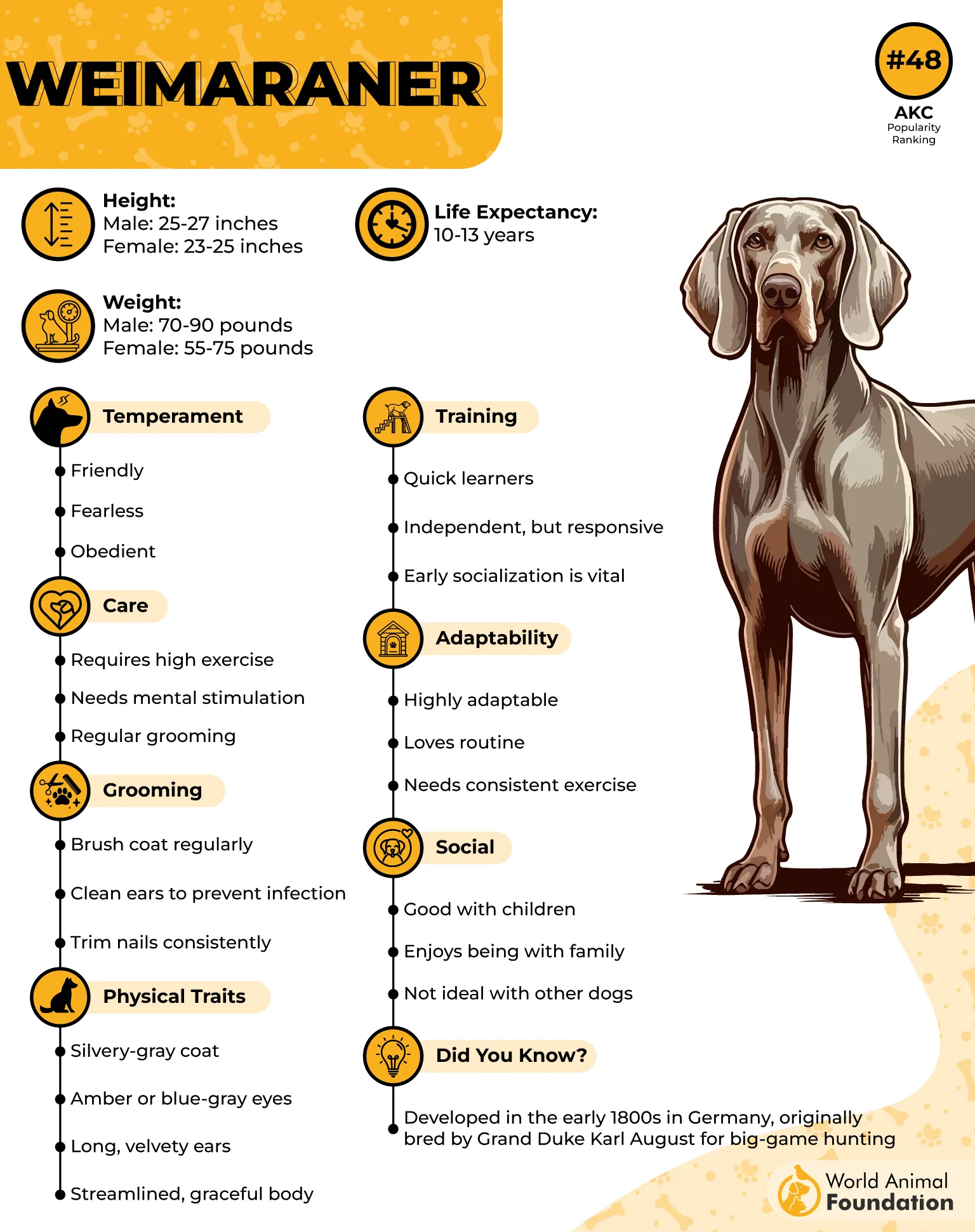
Behavioral Needs and Home Dynamics
This breed does best with daily structure, both physical and mental, to prevent anxious or destructive habits. Though highly affectionate, they do not handle long stretches of separation easily. Their attachment levels are intense, often shadowing their humans around the home.
Compatibility with Other Companions
Weimaraners may live peacefully with other dogs, but early socialization is key to avoiding dominant behavior. While their drive is high, their loyalty indoors makes them a sought-after family pet. Owners often note how the breed’s intelligence translates into problem-solving, even opening doors.
2. Greyhound
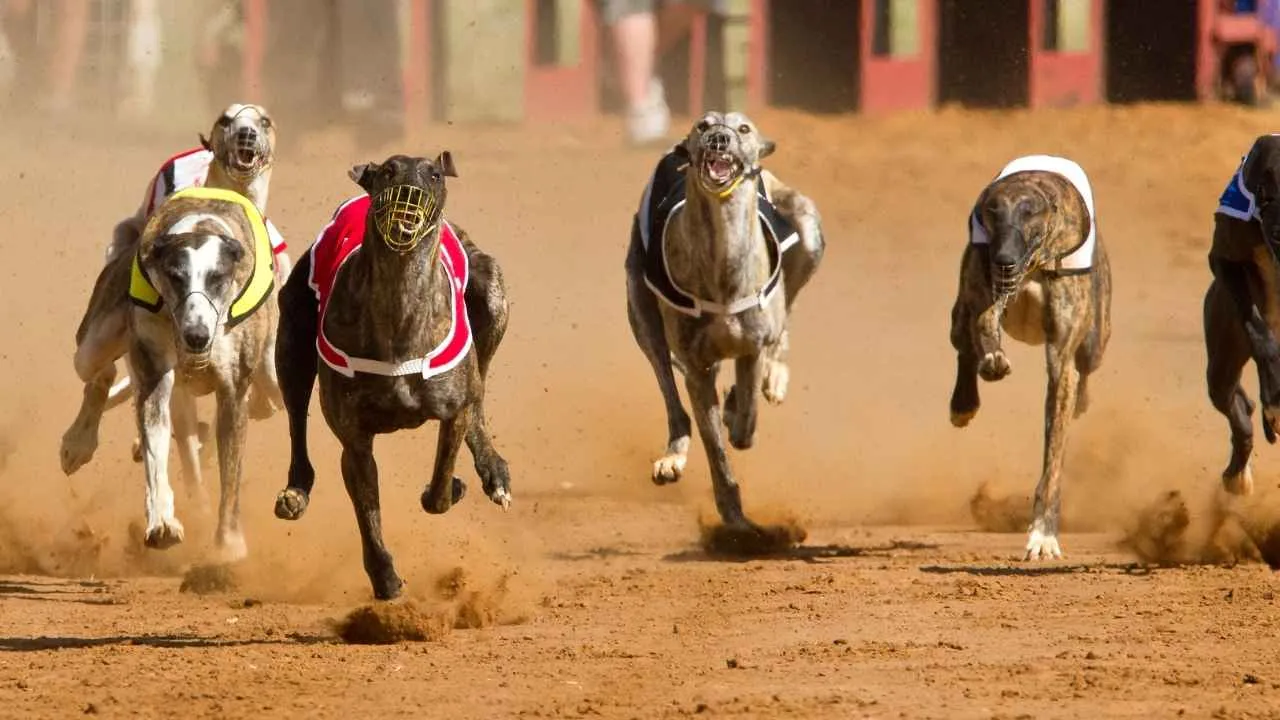
Greyhounds come in several coat colors, and their silver or blue-gray variants stand out for their smooth, refined look. The body is long and narrow, with visible muscle lines that give it a sculpted silhouette. When the light hits, the silver tones in the breed’s coat appear almost metallic.
Built for Speed and Quiet Endurance
Known as one of the fastest dog breeds, Greyhounds can reach speeds over 45 mph in short bursts. Their large heart and flexible spine contribute to a gait known as a double-suspension gallop. In calm settings, however, they tend to lounge for most of the day without fuss.
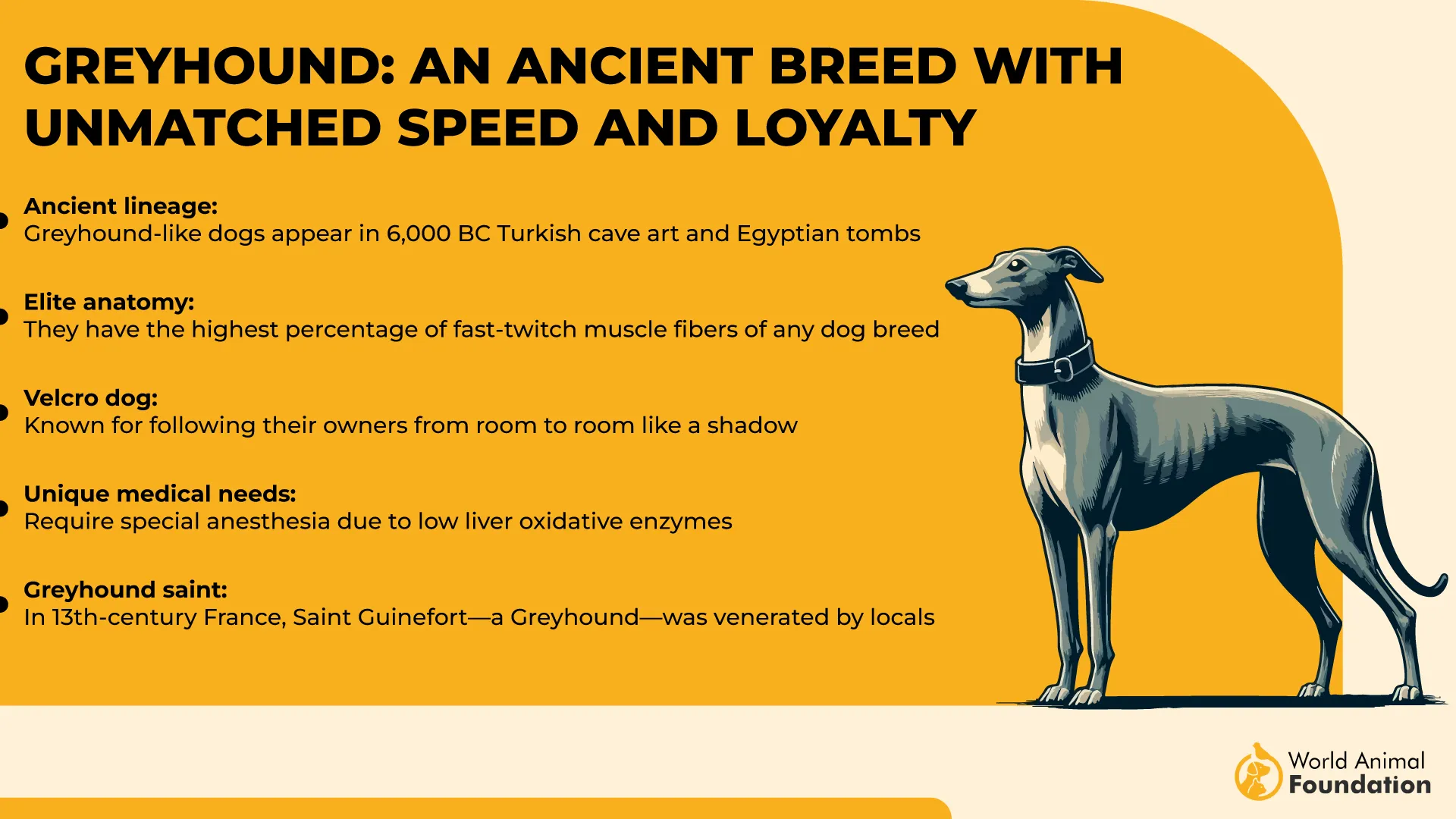
Personality Suited for Indoor Living
Despite their athletic frame, Greyhounds are incredibly low-energy when indoors, as per Oxford Stadium. They’re content with soft bedding, a bit of quiet, and predictable daily habits. For families or singles, they make a peaceful furry friend that rarely causes a stir at home.
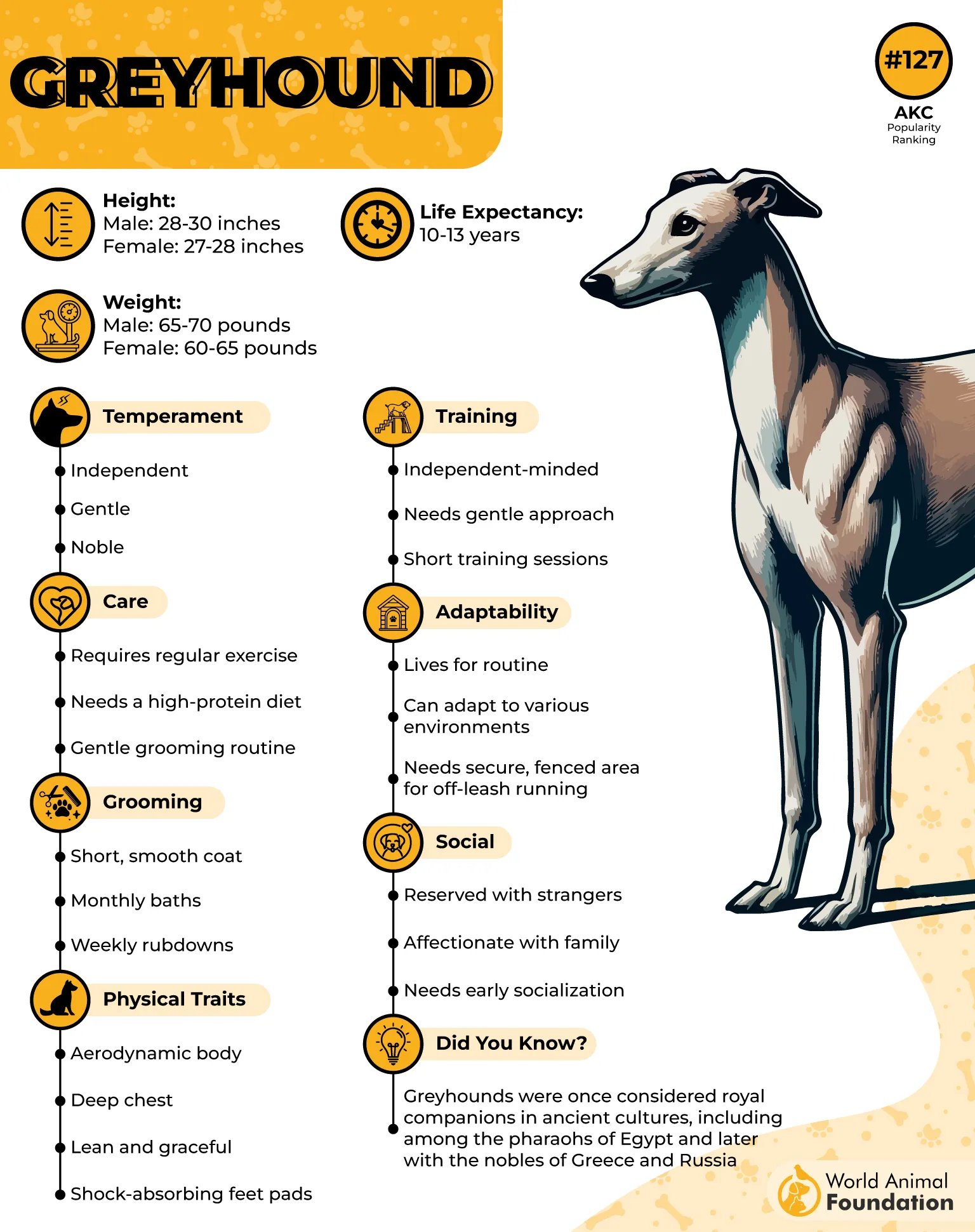
Minimal Upkeep and Quiet Companionship
Thanks to their thin, short hair, Greyhounds require very little brushing and produce almost no odor. Bathing is rare unless absolutely needed, keeping grooming effort to a minimum. Their skin, however, is thin and prone to cuts, requiring soft bedding and gentle care.
3. Thai Ridgeback
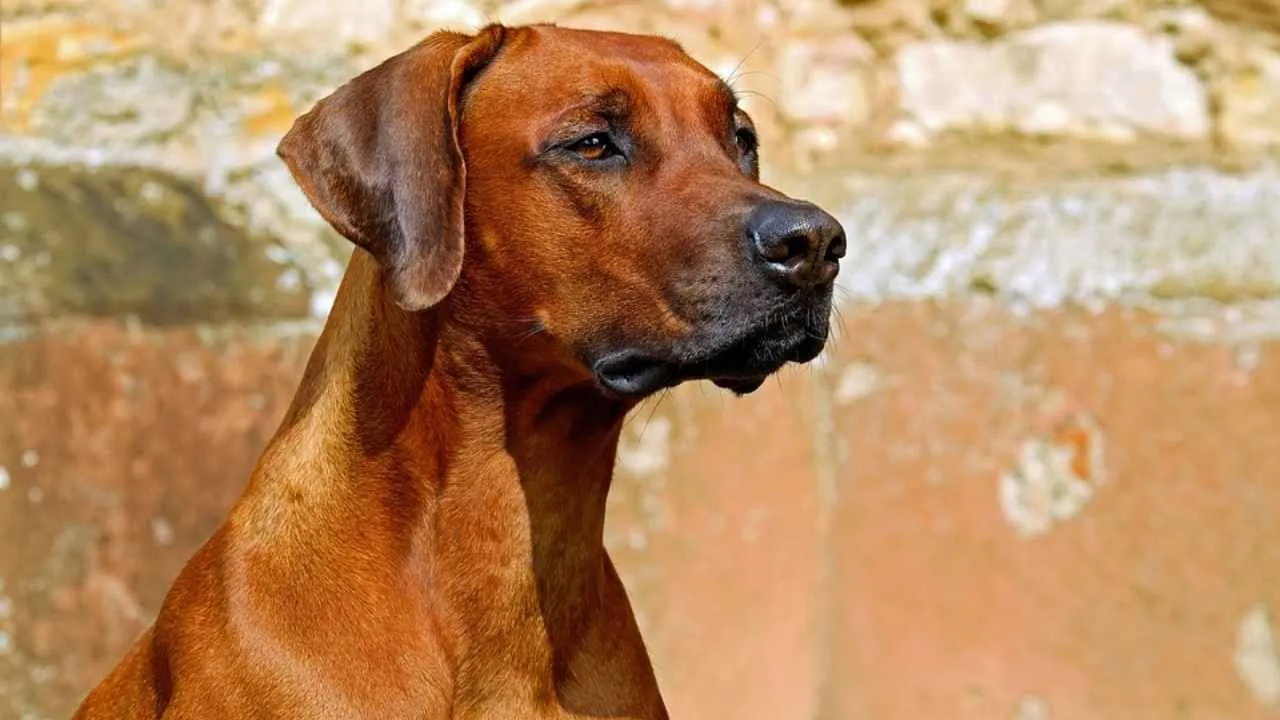
Fun Fact: The Thai Ridgeback is one of just three ridgeback breeds in the world, alongside the Rhodesian and Phu Quoc Ridgebacks.
This breed has a short, dense coat that highlights its muscular frame and signature dorsal ridge. The ridge forms when hair grows in the opposite direction along the spine, creating a visible pattern. Thai Ridgebacks may have one of eight official ridge shapes, which can be inherited consistently within lines.
Origins and Natural Abilities
Thai Ridgebacks were once semi-feral dogs in Thailand used for guarding homes and pulling carts. Their natural independence comes from generations of survival with minimal human direction. Even today, they’re known for high prey drive, sharp reflexes, and the ability to make decisions without cues.
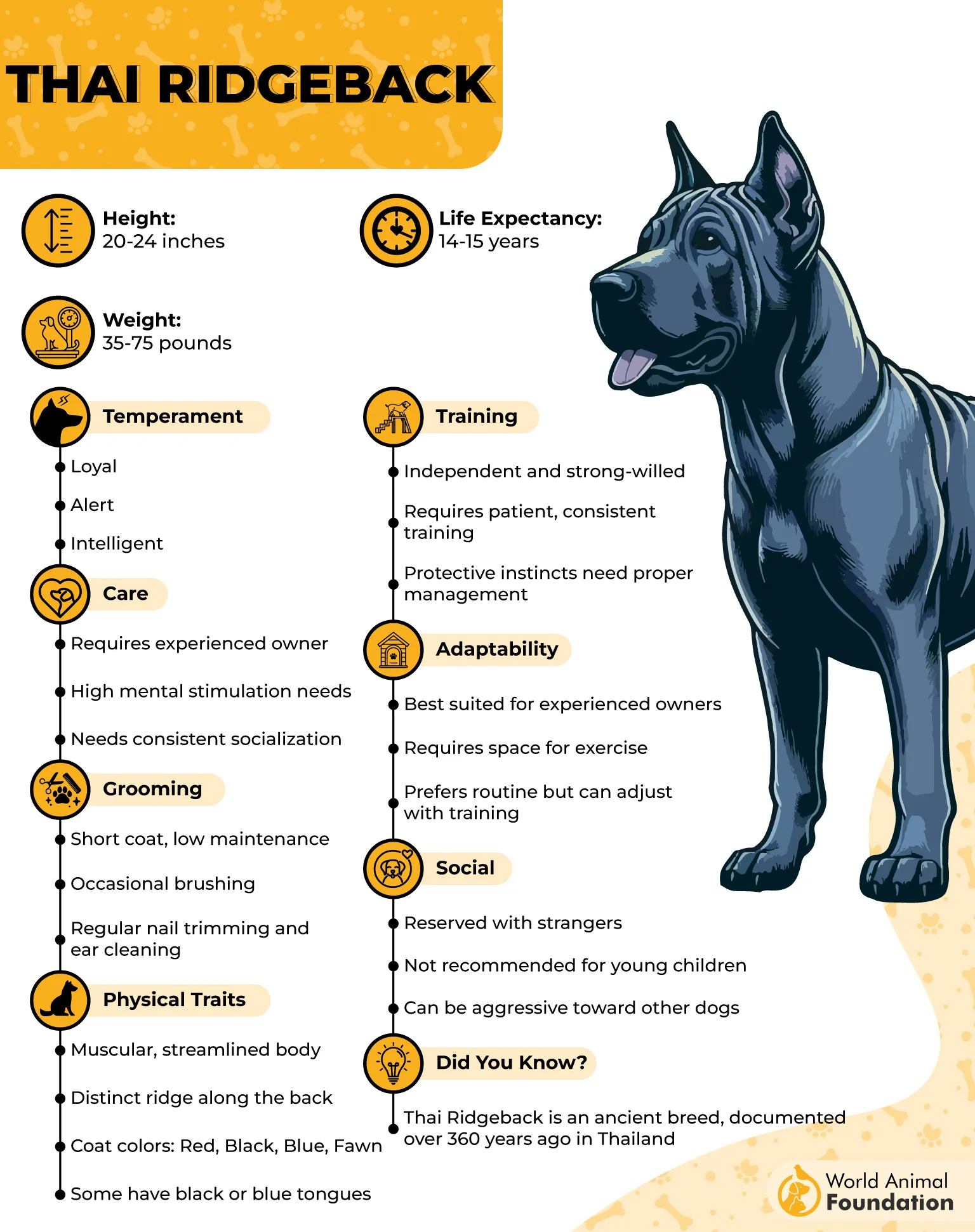
Training with a Balanced Approach
They are extremely intelligent but do not respond well to repetitive or forced training styles. Handlers often rely on short sessions focused on clarity and positive reinforcement. Their alert nature means they absorb subtle shifts in body language better than verbal commands.
Bonds and Social Behavior
They form deep attachments with their closest family members and tend to be reserved around strangers. Compatibility with other breeds depends largely on early exposure, especially in multi-dog homes. Consistency in routine and strong leadership are essential for building trust and control.
4. Cane Corso
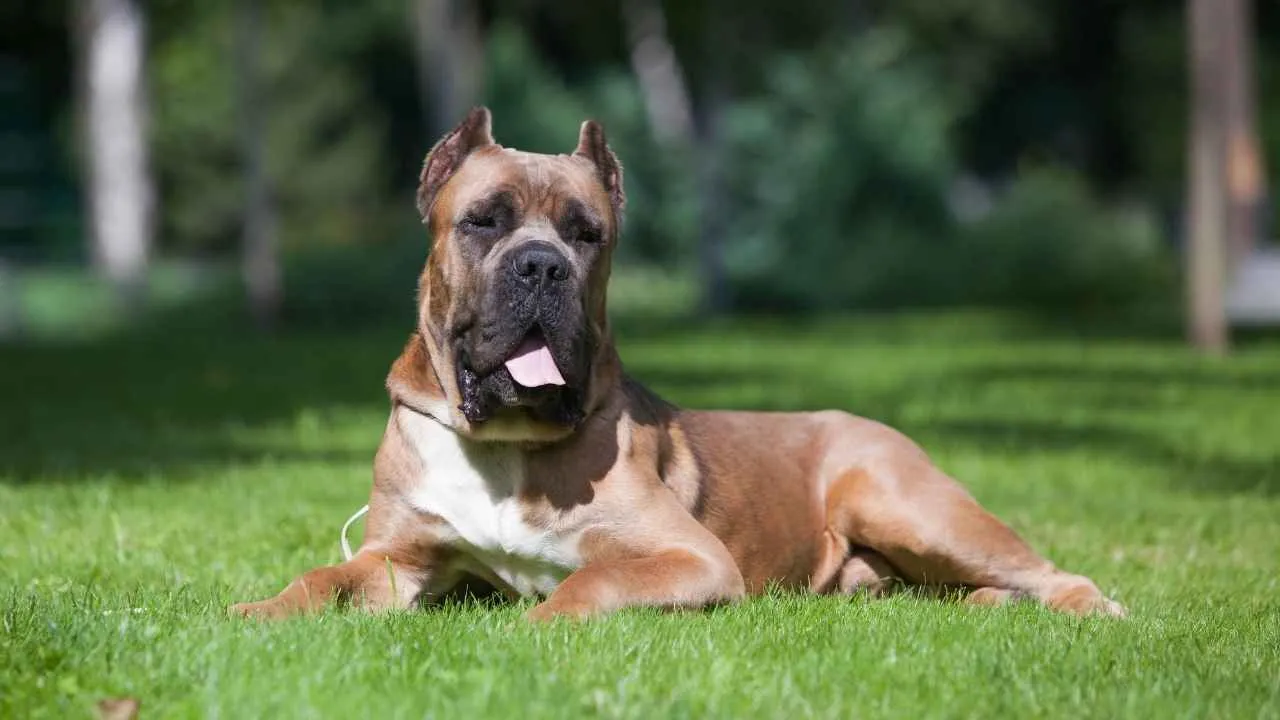
Silver or gray Cane Corsos often have a metallic sheen across their short, dense coats. Their muscular body and wide chests give them a presence that’s both alert and composed. The coat texture is tight and smooth, which makes grooming fast and frequent to manage shedding.
Physical Capacity Matched by Drive
The Cane Corso requires regular exercise, not just to stay fit but to remain mentally grounded. They do best with structured activities like agility, long walks, or supervised play that taps into their working instincts. Without this, they tend to develop frustration or pacing behavior indoors.
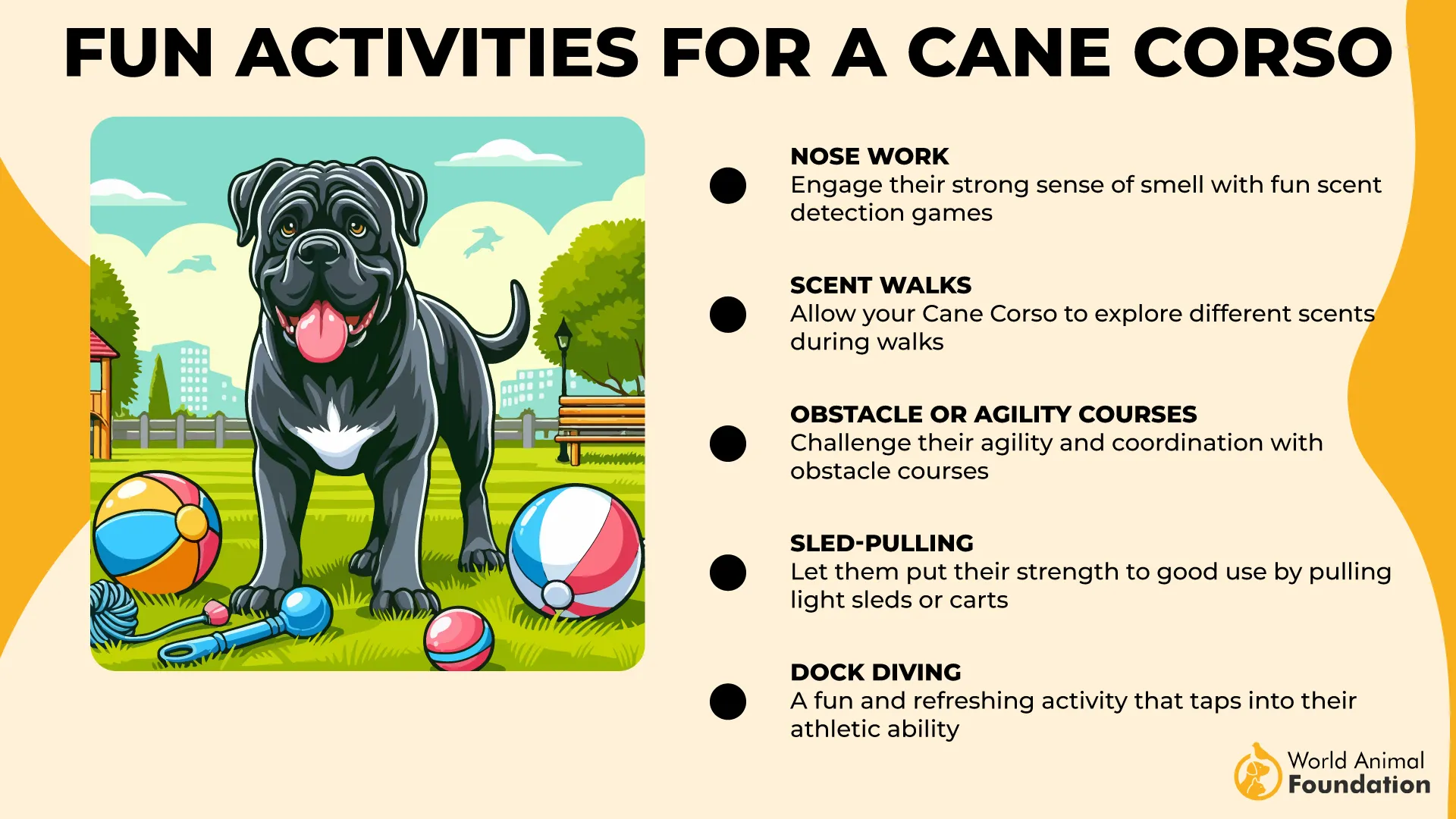
Mindset Built for Responsibility
This breed is naturally observant, often scanning their environment with focused attention. They’re bred to protect, and that shows in how quickly they react to perceived changes in their surroundings. Training must start early to guide their confidence into calm, controlled behavior.
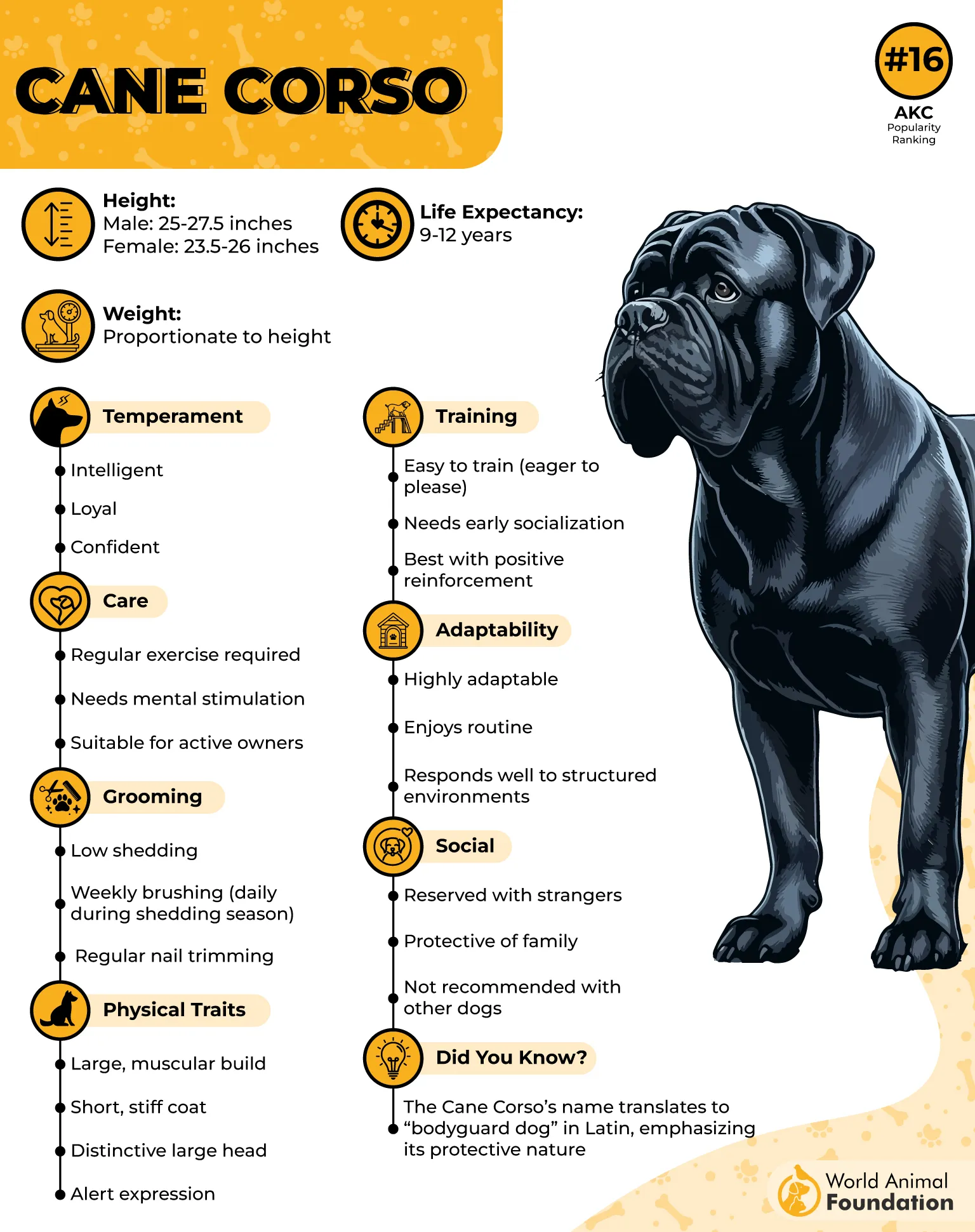
Working Intelligence and Home Role
Corsos learn commands quickly and often remain eager to perform tasks when bonded closely with their handler, as stated in PetMD. They’re not bred for casual companionship but thrive when their minds are engaged. Their instincts shine most when given clear boundaries and consistent expectations.
5. Giant Schnauzer
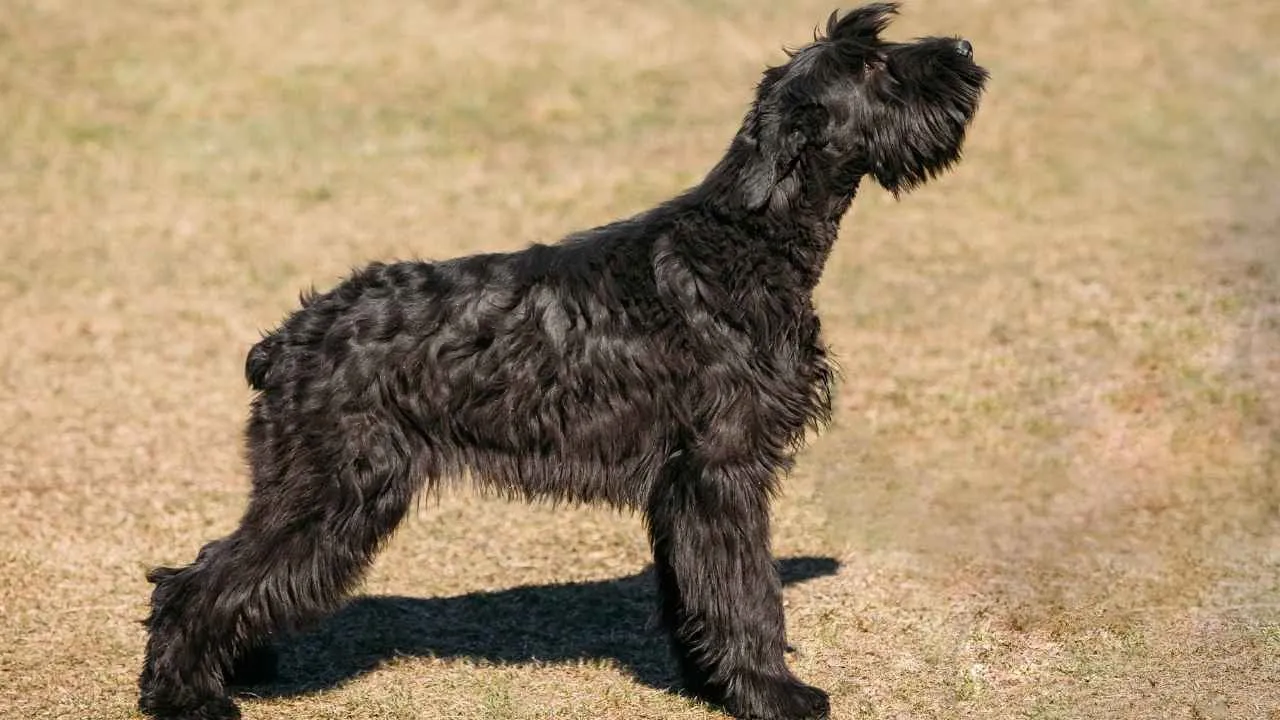
The Giant Schnauzer has a thick, wiry coat that grows dense across the back and face. Its coarse texture isn’t naturally glossy but offers protection from harsh weather and debris. The hallmark beard and eyebrows grow rapidly and need consistent trimming for structure and clarity.
Built for Work and Endurance
Originally developed in the Bavarian Alps to drive cattle, this breed handled rough terrain and long hours. Their strength and stamina made them ideal for farm work, and later roles in police and military service. They’re still capable of sustained physical output without tiring quickly.
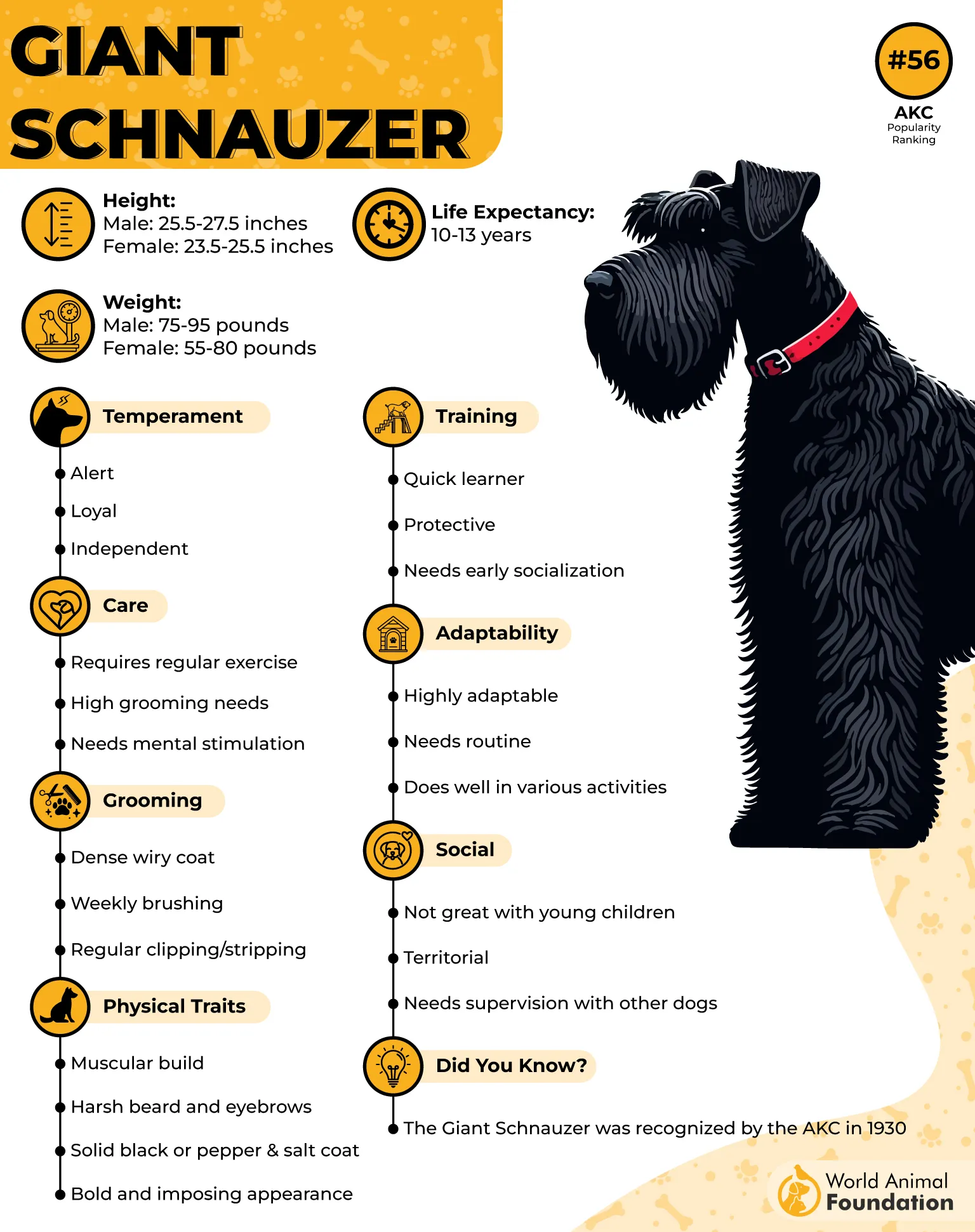
Mental Sharpness and Alert Behavior
Giant Schnauzers show a strong need for a mental challenge, often outperforming other large working breeds in obedience trials. Without structured tasks, they may redirect energy into stubborn or manipulative behaviors. Their memory retention and training responsiveness are notably high.
Environment, Training, and Boundaries
They require environments where both independence and discipline are balanced from an early age. Daily physical activity is important, but consistency in commands and rules shapes their behavior long-term. When boundaries are clear, they form structured bonds and remain task-focused indoors.
6. Neapolitan Mastiff
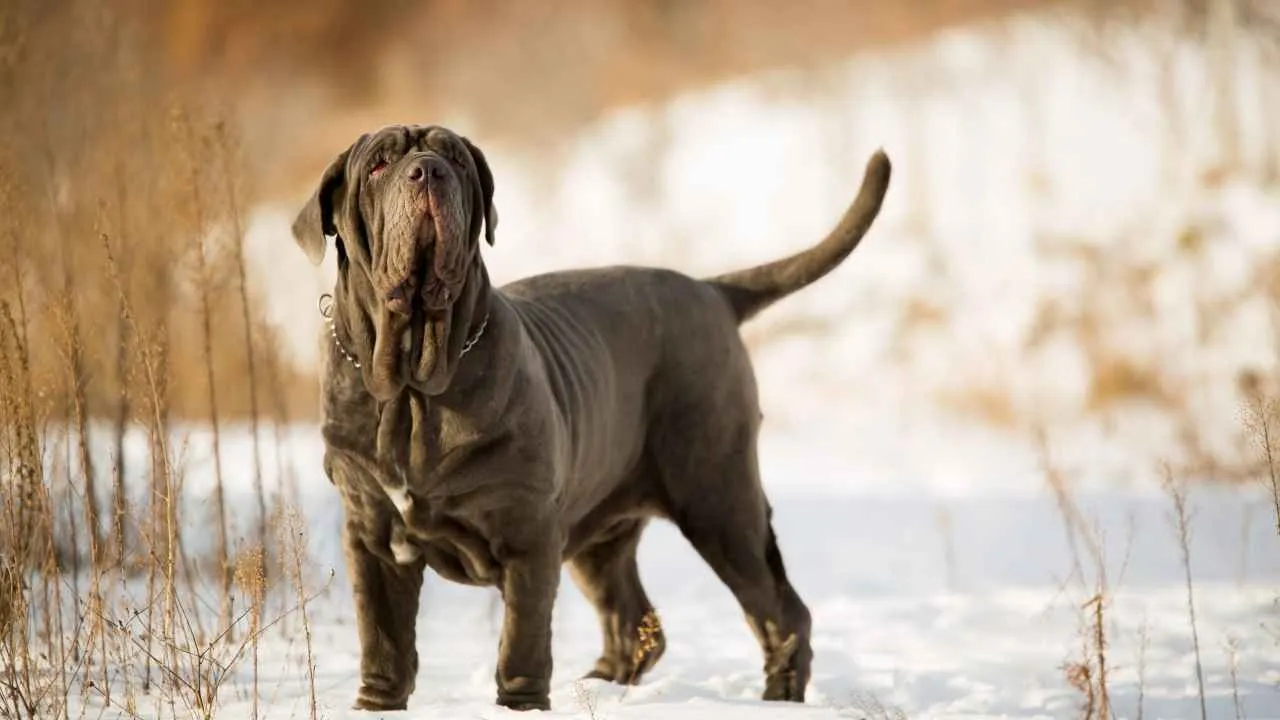
Their heavy silver-gray coats lie beneath layers of loose skin that drape over their frame in thick, distinct folds. These wrinkles help protect them in confrontations, shielding vulnerable areas from bites. Combined with their deep-set eyes and broad chests, they appear statuesque and immovable.
Defensive Nature Rooted in History
Descended from Roman war dogs, they were originally used to guard homes and estates with minimal training. Their instinct for defense remains sharp, and they’re often protective without being outwardly aggressive. Quiet by nature, they observe closely before reacting to unfamiliar movements or sounds.
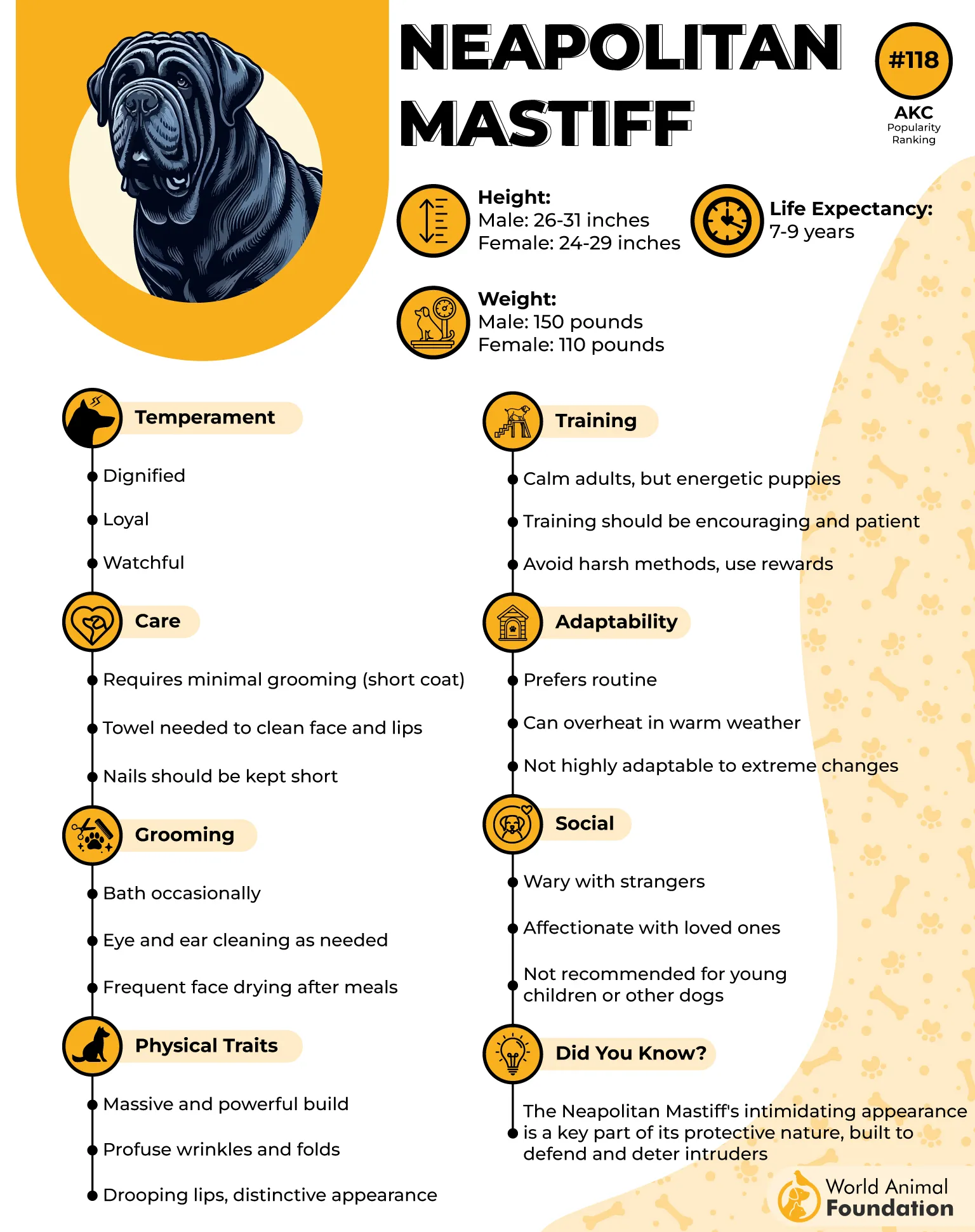
Slow Movement with Incredible Power
Their movement is surprisingly slow and deliberate, often described as lumbering due to their massive joints. However, their strength becomes clear when they shift direction or rise from rest. Some owners mention that even a short walk can feel like a workout with one by your side.
Not Ideal for Inexperienced Owners
Neapolitan Mastiffs need structured environments with clear, consistent boundaries from early on. Their size and stubborn streak require firm but calm leadership, especially during socialization. Managing drool, joint care, and skin folds adds to the physical commitment of living with this breed.
7. Alaskan Malamute

The Alaskan Malamute has a thick double coat with a coarse outer layer and dense undercoat that traps warmth. While colors vary, many display silver-gray tones across the back, neck, and tail base. The fur lightens toward the face and legs, giving a high-contrast, layered appearance.
Arctic Origins and Strength
This breed was developed by the Mahlemut tribe of Alaska to haul heavy sleds across long distances, as Zealandia Pets claims. Their power comes not from speed but endurance, which is still evident in their gait and muscular frame. Malamutes retain an instinctive drive for pulling and working, even as companions.
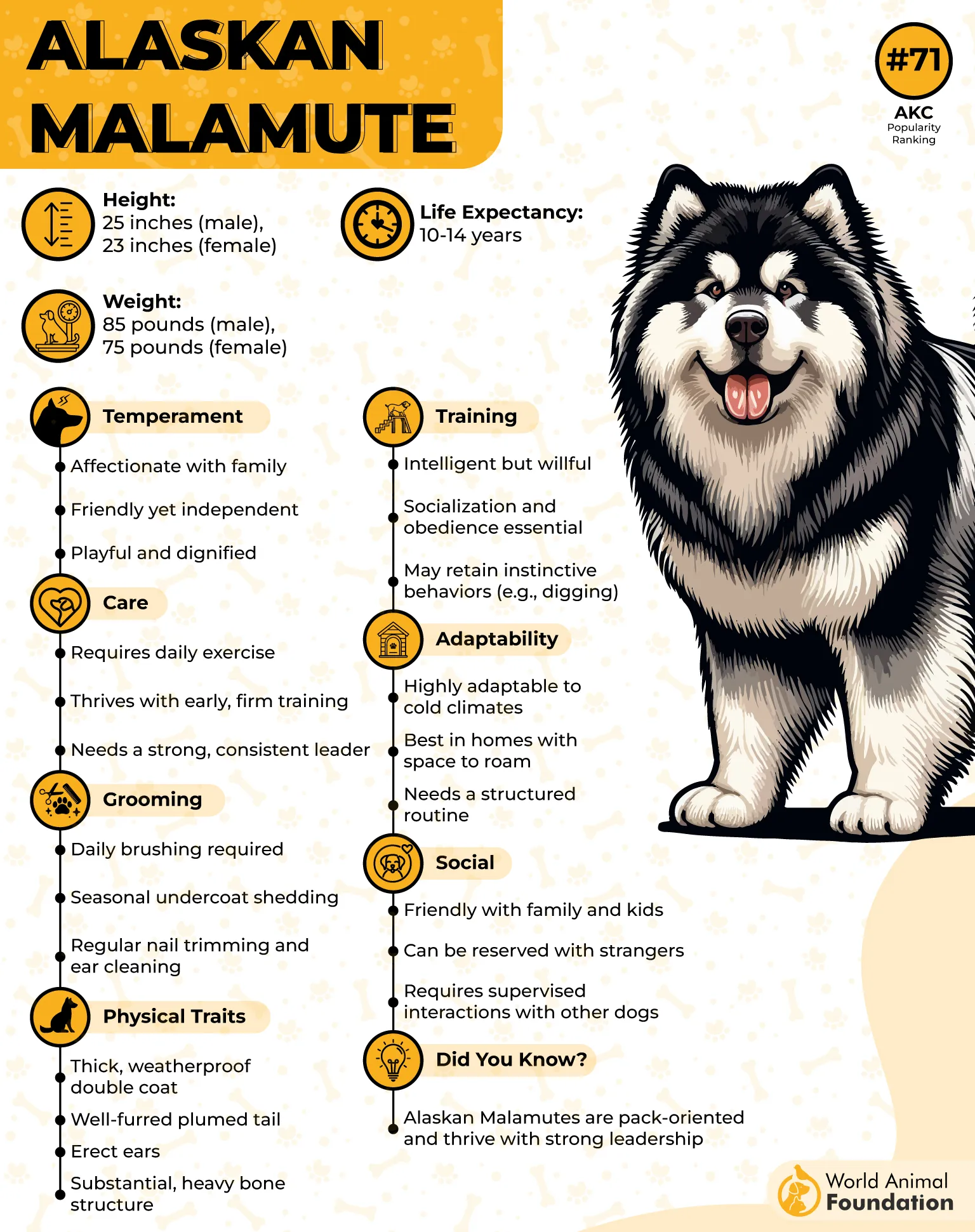
Coat Demands and Grooming Realities
Shedding occurs heavily twice a year, known as “blowing coat,” where the underlayer comes out in thick tufts. Owners need rakes and wide-tooth combs to manage the shedding season effectively. Even outside these periods, weekly brushing is needed to prevent matting and skin issues.
Personality That Matches Their Build
Malamutes are known for independence and quiet strength rather than eagerness to please. While generally social with humans, they often show same-sex dominance with other dogs. Their ability to make decisions without constant guidance is part of their primitive working breed background.
Conclusion
From sleek Greyhounds to powerful Cane Corsos, silver large dog breeds show that style doesn’t mean sacrificing personality. Many are gentle giants with bold exteriors and soft temperaments.
Some need regular grooming, others only occasional care, but all deserve attention to their grooming needs. The American Kennel Club recognizes several as among the most popular dog breeds, and it’s easy to see why.
While a few breeds require frequent grooming or regular brushing, others fit into homes with simpler routines. Whether they thrive in cold weather or stretch out like couch potatoes indoors, these dogs turn heads—and hold hearts—with every step.


